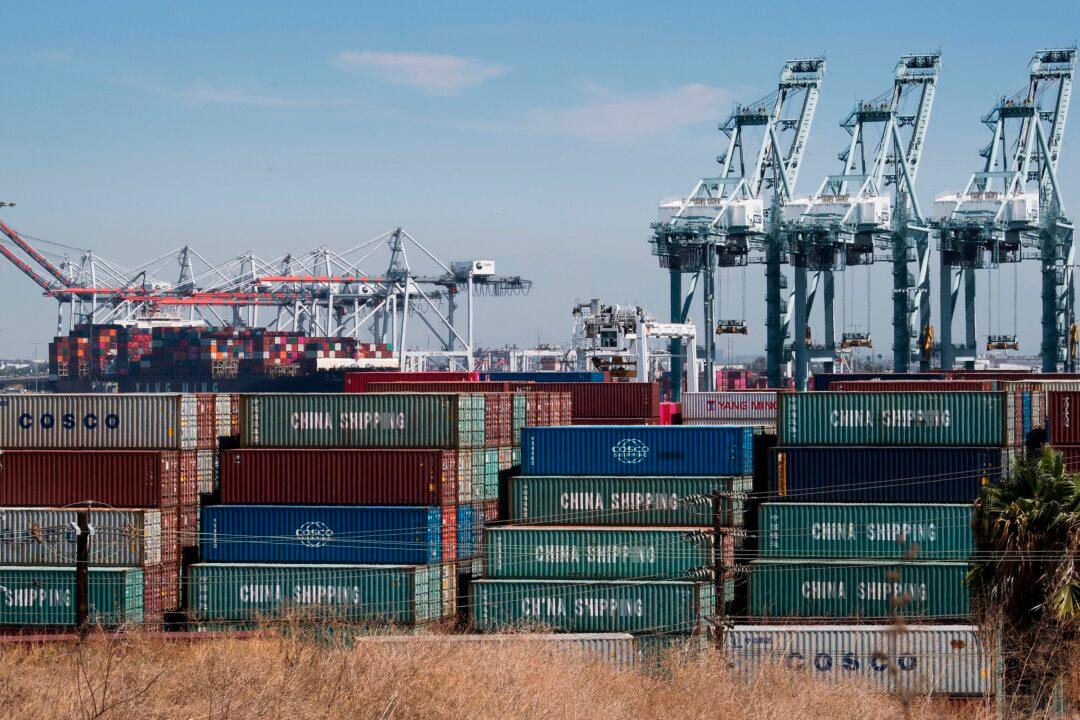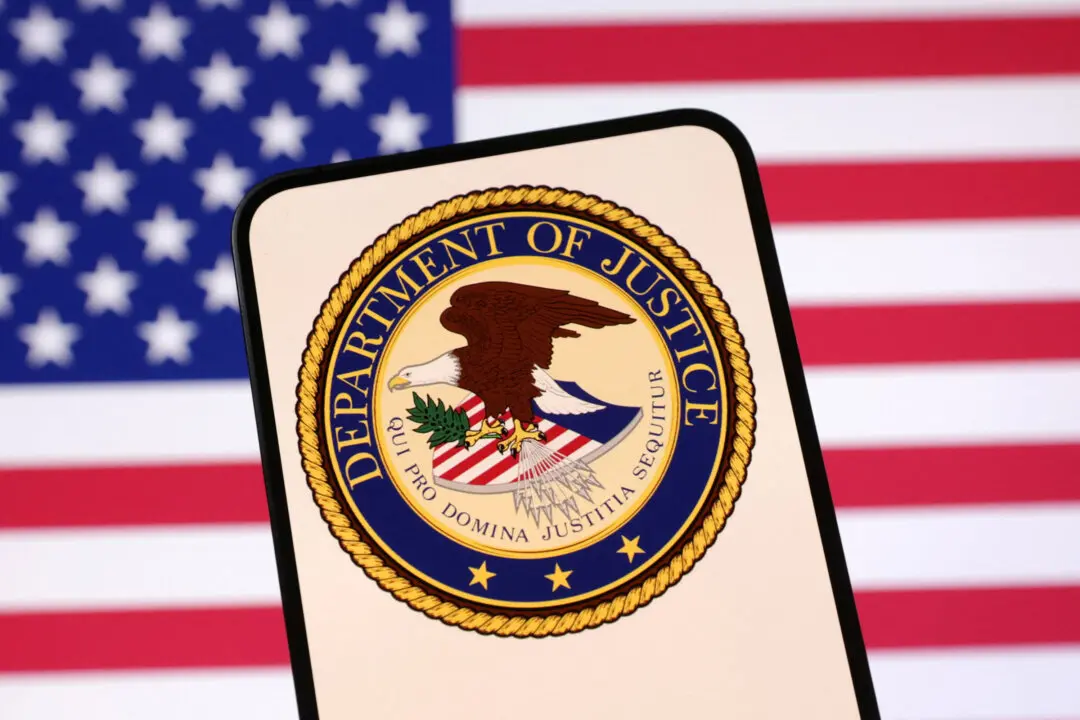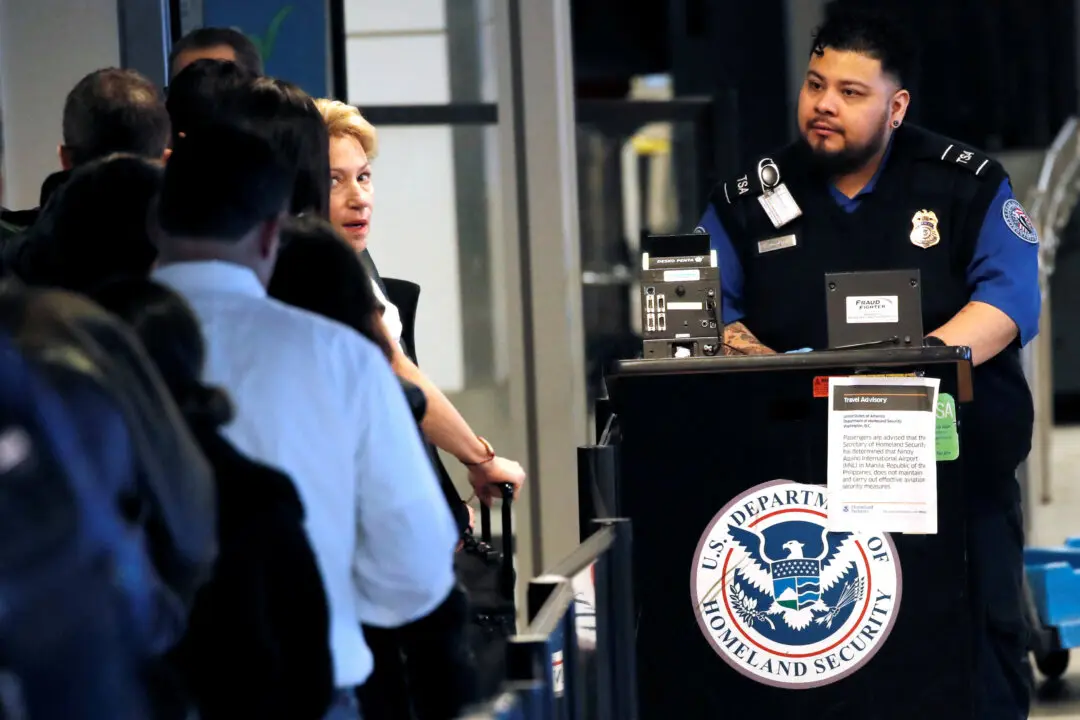WASHINGTON—U.S. and Chinese deputy trade negotiators were set to resume face-to-face talks for the first time in nearly two months on Sept. 19, as the world’s two largest economies try to bridge deep policy differences and find a way out of a bitter and protracted trade war.
The negotiations, on Thursday and Friday, are aimed at laying the groundwork for high-level talks in early October that will determine whether the two countries are working toward a solution or headed for new and higher tariffs on each other’s goods.





